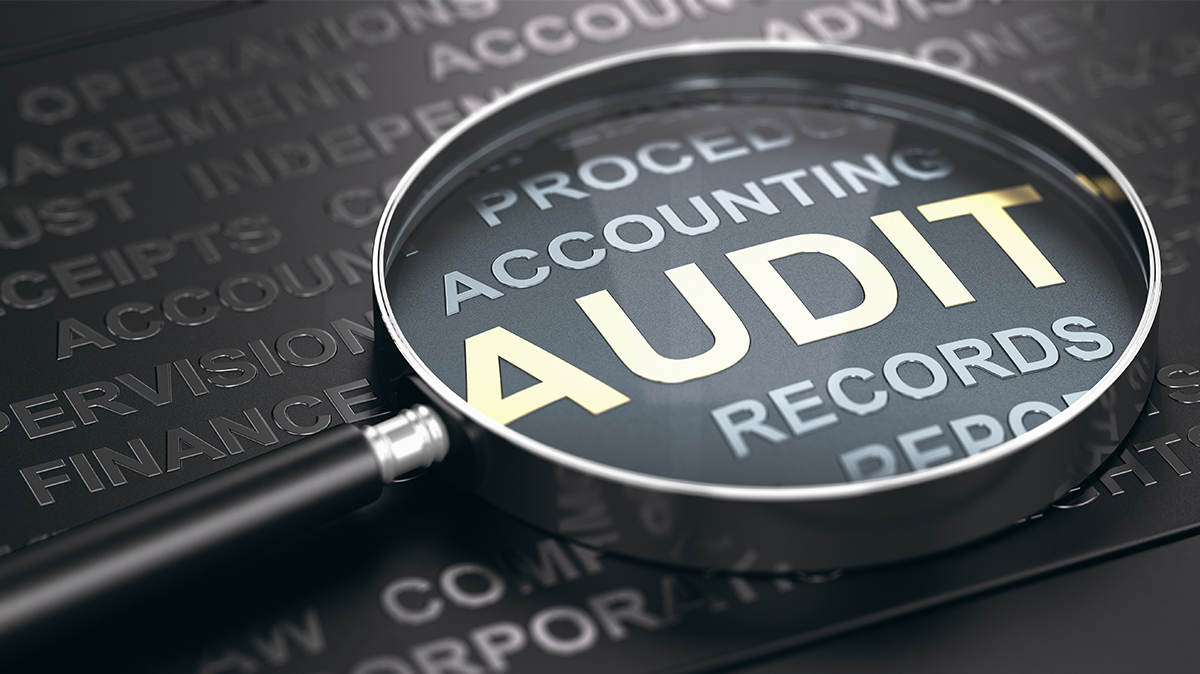RADV audits, or Risk Adjustment Data Validation audits, are essential processes within the healthcare sector, specifically targeting Medicare Advantage and Medicaid managed care programs. These audits ensure that the diagnosis codes submitted by healthcare providers accurately reflect the health status of patients. By validating these codes, radv audit help maintain the integrity of risk adjustment payments, ensuring that healthcare organizations receive appropriate funding based on the risk profiles of their enrolled populations.
The Importance of RADV Audits
RADV audits play a critical role in the healthcare landscape for several reasons:
- Financial Integrity: Accurate diagnosis coding is crucial for appropriate reimbursement. RADV audits help identify discrepancies between reported diagnoses and actual patient conditions, ensuring that funding is allocated fairly.
- Quality of Care: By promoting accurate documentation and coding, RADV audits encourage healthcare providers to maintain high standards in patient care, ultimately leading to better health outcomes.
- Regulatory Compliance: Healthcare organizations must comply with federal regulations, and RADV audits serve as a mechanism to ensure adherence to these standards, reducing the risk of penalties or sanctions.
The RADV Audit Process
The RADV audit process typically involves several key steps:
- Data Collection: The Centers for Medicare & Medicaid Services (CMS) selects a sample of beneficiary records for review. This data includes diagnosis codes submitted by healthcare providers for risk adjustment purposes.
- Verification: Auditors review the selected records against medical documentation, such as clinical notes, lab results, and hospital discharge summaries. This step is crucial for verifying the accuracy of the diagnosis codes.
- Reporting Findings: After thorough examination, auditors compile their findings into a report. This report outlines any discrepancies found and may include recommendations for improvement.
- Follow-Up Actions: Depending on the findings, healthcare organizations may need to take corrective actions, such as adjusting their coding practices or improving documentation processes.
Common Challenges in RADV Audits
Organizations often face several challenges during RADV audits:
- Complex Documentation: Medical documentation can be intricate and varied, making it challenging to align with coding requirements. Providers must ensure that their documentation clearly supports the diagnosis codes submitted.
- Data Accuracy: Ensuring the accuracy of submitted data is paramount. Miscommunication or oversight in documentation can lead to discrepancies during audits.
- Resource Allocation: Preparing for a RADV audit requires time and resources, which can strain healthcare organizations, particularly smaller practices.
Best Practices for Successful RADV Audit Preparation
To navigate the complexities of RADV audits effectively, healthcare organizations can implement several best practices:
- Regular Training: Continuous education for coding and billing staff is vital. Regular training sessions can help keep staff updated on coding guidelines and best practices.
- Thorough Documentation: Emphasizing comprehensive and accurate documentation in patient records can significantly reduce discrepancies during audits. Providers should ensure that clinical notes align with the reported diagnosis codes.
- Internal Audits: Conducting internal audits can help organizations identify potential issues before the official RADV audit. This proactive approach allows for timely corrections and improvements.
- Collaboration: Fostering collaboration between coding staff, healthcare providers, and compliance teams can enhance communication and improve documentation practices.
The Future of RADV Audits
As the healthcare landscape continues to evolve, RADV audits will likely adapt to new challenges and technological advancements. The integration of advanced data analytics and artificial intelligence may enhance the audit process, making it more efficient and accurate. Additionally, ongoing regulatory changes may influence the focus and scope of RADV audits, requiring organizations to remain vigilant and adaptable.
